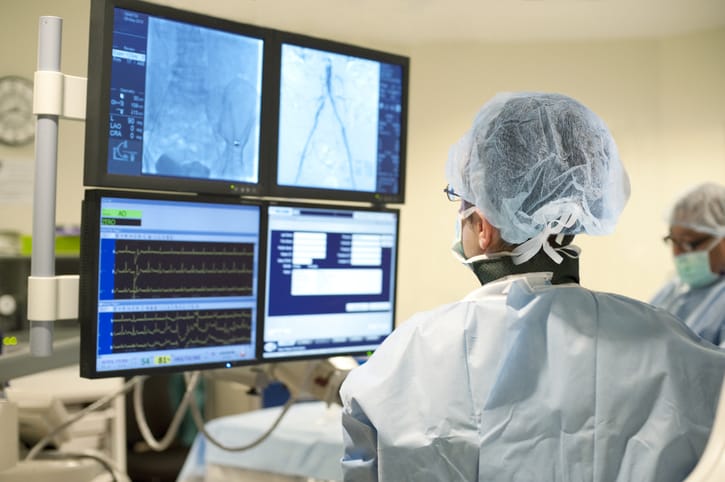An accurate diagnosis of transthyretin amyloid cardiomyopathy (ATTR-CM) often takes time as symptoms can vary and may resemble those of other conditions.
There is also a lack of awareness of ATTR-CM among doctors. It sometimes can take as long as three years to receive a diagnosis of ATTR-CM.
What is ATTR-CM?
Transthyretin amyloidosis cardiomyopathy (ATTR-CM) is a rare progressive disease of the heart muscle that leads to congestive heart failure. It occurs when the transthyretin protein produced by the liver is unstable. Symptoms include fatigue; shortness of breath; irregular heart rate or palpitations; swelling of the legs, ankles and stomach; brain fog; wheezing; and dizziness. It often goes underdiagnosed because of a lack of awareness and knowledge of the disease. There is currently no cure for ATTR-CM.
Once a diagnosis is made, patients will consult with a multidisciplinary health care team. But a cardiologist is best qualified to diagnose ATTR-CM initially and to start treatment.
Read more about ATTR-CM testing and diagnosis
How does a cardiologist diagnose ATTR-CM?
Cardiologists are heart specialists experienced in diagnosing a variety of heart-related conditions.
ATTR-CM is a rare disease of the heart muscle that can mimic the symptoms of congestive heart failure, heart failure with preserved ejection fraction, hypertensive cardiomyopathy, aortic stenosis and hypertrophic cardiomyopathy. The overlap in symptoms makes diagnosis a lengthy and at times complicated process. But early diagnosis is essential to slowing disease progression and improving quality of life.
A cardiologist will take a full medical history, ask for a detailed description of symptoms and order diagnostic tests to progressively eliminate other heart conditions.
Diagnostic tests may include the following.
- An electrocardiogram (EKG), which measures how long it takes for an electrical wave to pass through the heart, indicating if it is normal, slow, fast or irregular. It also measures the amount of electrical activity in the heart muscle, indicating if the heart is damaged, too large or overworked.
- An echocardiogram, which tests the heart function—namely, size and shape of the heart; size, thickness and functioning of the heart’s walls; and the heart’s pumping strength.
- A bone scan, which checks for amyloid deposits.
- A heart biopsy, which confirms a diagnosis.
- Genetic testing, which follows diagnosis of ATTR-CM and determines the ATTR-CM subtype: wild-type or hereditary.
What is a cardiologist’s role in treating ATTR-CM?
A cardiologist is the lead health care professional in the treatment and management of ATTR-CM. He or she prescribes treatment to slow disease progression and manage symptoms. The cardiologist also monitors the efficacy of the treatment and how the disease evolves over time, will constantly reevaluate treatment choices and be aware of new or emerging therapies that may be of benefit.
What other medical professionals are involved in treating ATTR-CM?
As well as cardiologists and cardiac surgeons, a range of medical professionals will be part of a multidisciplinary approach to managing ATTR-CM.
All or any of the following may provide care or advice to people living with ATTR-CM: radiologists, neurologists, nephrologists, hematologists, genetic counselors, ophthalmologists, gastroenterologists, nutritionists, orthopedic surgeons or neurosurgeons, urologists and psychologists.
Their involvement will vary on a case-by-case basis, depending on the ATTR-CM subtype and the symptoms of the ATTR-CM patient.

